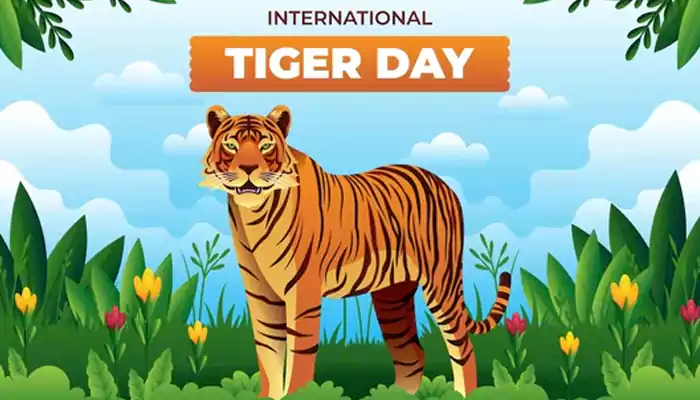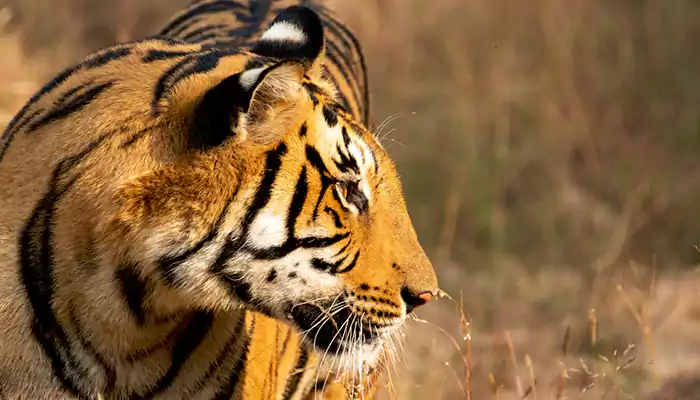
Migration, the annual voyage held upon by myriad animals across extensive distances, has captivated the imagination of scientists and nature enthusiasts for centuries.
From the captivating monarch butterflies traversing thousands of miles from North America to Mexico to the breathtaking humpback whales journeying from polar waters to tropical breeding grounds, the secrets behind migration serve as a testament to the remarkable abilities of Earth's inhabitants. But how do these creatures navigate across continents, often with unparalleled precision, despite the daunting challenges and perils they encounter along the way? We can find the answers to this enigma in inherent instincts, environmental cues, and astonishing adaptations.
Numerous migrating animals have innate instincts that steer them on their remarkable odysseys. These instincts are encoded into their genetics and passed down through generations. For instance, sea turtles emerge from their shells on beaches and, guided by an intrinsic sense, find their way to the ocean. They commit to memory of the Earth's magnetic fields, allowing them to navigate vast ocean expanses and return, decades later, to the very same beach to lay their eggs. Birds, too, rely heavily on innate instincts. The Arctic Tern, having the record for the longest migratory route of any bird, journeys from its Arctic breeding grounds to the Antarctic, covering over 44,000 miles in a round trip.
- Celestial Navigation: Many migratory animals, especially birds, employ the sun and stars as aerial guides. During daylight hours, birds adjust their flight paths according to the sun's position. During the night, they may use stars for orientation, with the North Star, a fixed point in the night sky, serving as a reliable reference for birds heading north.
- Magnetic Sensitivity: A crucial element of animal migration is the ability to perceive the Earth's magnetic field. Several species, including birds, sea turtles, and certain fish, possess specialized cells containing magnetite, a magnetic mineral. These cells function as biological compasses, allowing animals to detect alterations in the Earth's magnetic field and make course corrections accordingly. Scientists believe that these creatures can interpret the magnetic field as if reading a map, aiding them in navigating great distances.
- Environmental Signposts: Migrating animals depend on environmental clues to chart their courses. They generally follow natural features like coastlines, mountain ranges, or rivers and track weather patterns and wind currents. These environmental markers offer valuable navigational assistance, assisting animals in conserving energy and mitigating the hazards associated with migration.
- Learning and Experience: Certain migratory species, such as songbirds, do not possess innate navigation skills but acquire them through learning and experience. Young birds learn their migratory routes by following seasoned adults during initial migrations. Over time, they refine their navigational abilities and can undertake the journey independently.
- Technological Advancements: Recent scientific developments have unveiled intriguing insights into animal migration with the use of cutting-edge technology. Researchers have harnessed GPS tracking, satellite imagery, and radio telemetry to monitor the movements of migratory species with unparalleled precision. These technological strides have enriched our comprehension of migration routes, timing, and behaviors, illuminating the remarkable capabilities of these animals.
The puzzle of migration unveils the extraordinary methods by which animals traverse continents. Whether guided by innate instincts, celestial cues, magnetic fields, environmental cues, or a fusion of these mechanisms, migratory creatures epitomize the incredible adaptability and tenacity of life on Earth. The study of migration serves as a continual source of wonderment, deepening our reverence for the natural world and reminding us of the splendor and intricacy of the journeys undertaken by Earth's wildlife across the global stage.












